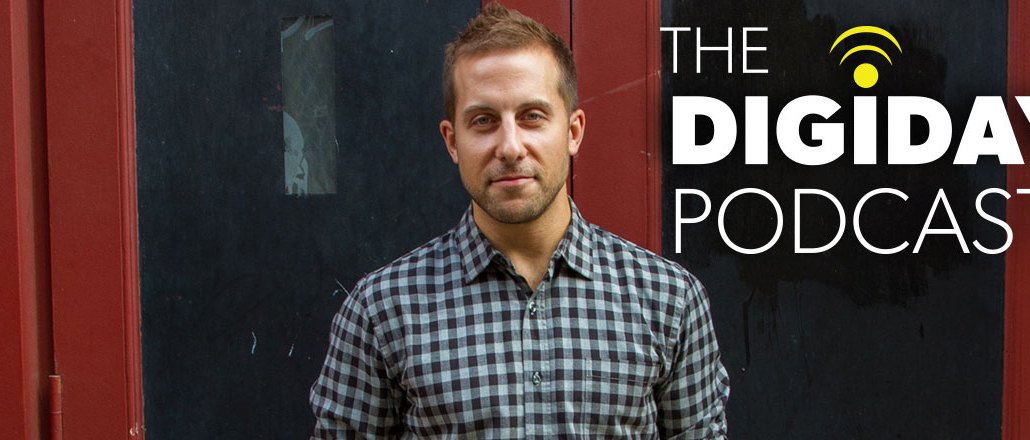
Subscribe: iTunes | Stitcher | RSS
This is not a time for the faint of heart in digital media.
Mike Rothman, CEO of Fatherly, an 18-month-old media startup focused on young dads, is one of the intrepid souls who still see opportunity in media. For Fatherly, that opportunity lies in crafting a new type of publication for dads and young families when traditional parenting magazines have focused on moms.
“There’s the ‘doofus dad,’ which slowly that stereotype is eroding,” Rothman said on this week’s episode of the Digiday Podcast. “Culture is catching up to the reality, in part because parents have been speaking out. We have a positioning where we present dads as being the same person you were before kids, albeit with a little less time and a lot more responsibility. You don’t need to be overly sarcastic or present the father’s role as the Al Bundy type.”
Ad position: web_incontent_pos1
Below are highlights, edited for clarity, of the conversation.
Dads were an underserved market.
Rothman and his cofounder Simon Isaacs found a “white space” around dads content with “broken dreams and failed prototypes.” Others had tried and failed to carve out a niche with dad content, despite the crowded market for mom content.
“The marketing partners I presented to felt targeting millennial parents is akin to efforts a generation ago with multicultural audiences,” Rothman said. “We knew this was an audience that had spending power, but we lacked the creative resources or the media at scale to make a meaningful dent.”
Ad position: web_incontent_pos2
Fatherly began with revenue in mind.
Rothman ran the idea by advertisers before launch. He and Isaacs raised a $2 million seed round and vowed to be “capital efficient” in starting Fatherly. It began with an email newsletter to validate the idea before moving on to creating original content and a site. Unlike other high-flying digital media companies, Fatherly has focused on business from the start.
“It gave us the discipline to not build one of these audience arbitrage models, where we’d build audience for the sake of building audience and figure out monetization later,” he said.
“We saw very early on there was an opportunity around sponsored content,” he added, “and if we could run a capitally efficient company and focus on several brands that were lined up with our audience and the messaging we had, that would at least get us to break even in short order.”
Video and commerce are big growth areas.
Publishers of all sizes want in on video. Fatherly has an editorial team of just nine people, but it sees videos as an important part of its future. It is looking to video for 1,500 topic areas for how-to videos about magic tricks and other topics. Right now, Fatherly has its first “preditor,” a producer-editor hybrid. With commerce, Fatherly sees opportunities to drive purchasing by recommending products to dads and young families.
“We have a content offering based on products you need for parenting,” he said. “The thinking is that a commerce platform we would launch would be based on the same thing: helping to curate products you’d buy for your kid.”
More in Media

NewFronts Briefing: Samsung, Condé Nast, Roku focus presentations on new ad formats and category-specific inventory
Day two of IAB’s NewFronts featured presentations from Samsung, Condé Nast and Roku, highlighting new partnerships, ad formats and inventory, as well as new AI capabilities.

The Athletic to raise ad prices as it paces to hit 3 million newsletter subscribers
The New York Times’ sports site The Athletic is about to hit 3 million total newsletter subscribers. It plans to raise ad prices as as a result of this nearly 20% year over year increase.

NewFronts Briefing: Google, Vizio and news publishers pitch marketers with new ad offerings and range of content categories
Day one of the 2024 IAB NewFronts featured presentations from Google and Vizio, as well as a spotlight on news publishers.
Ad position: web_bfu